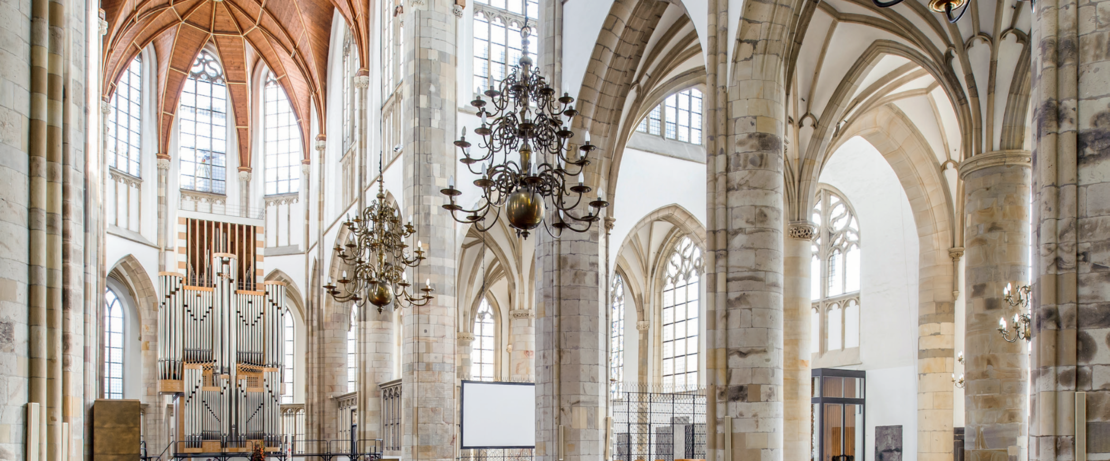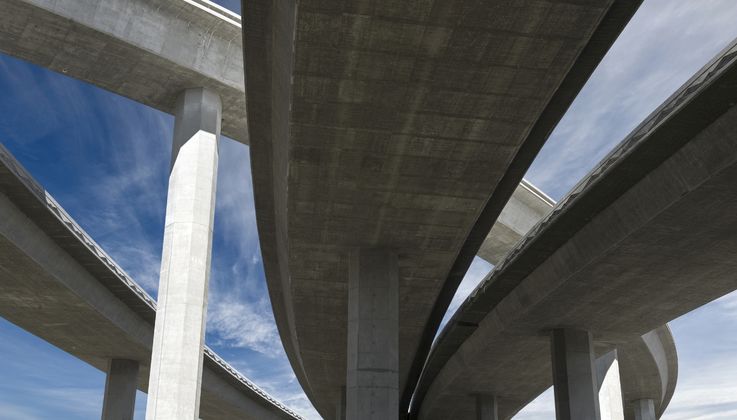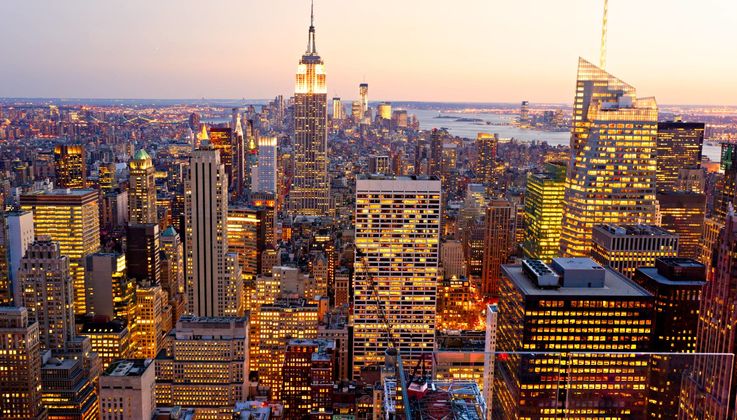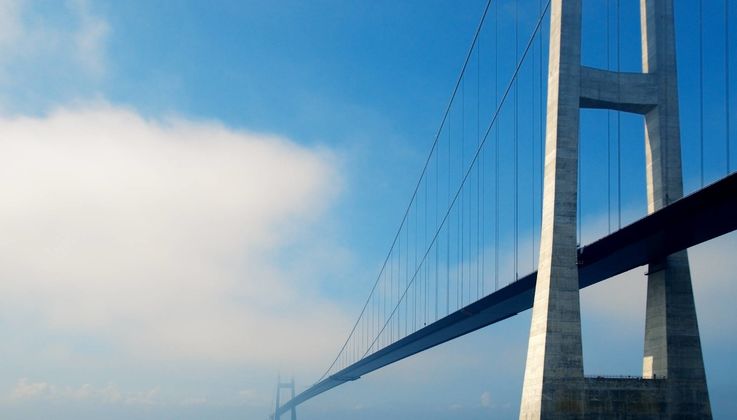
Preserving history
The Willibrordi Cathedral in Wesel, Germany, has experienced a lot: While its interior looks nearly flawless, the outside has been impacted by rain, snow, and frost every year and every decade. Inside dozens of antique glass windows flood the basilica with daylight, and light up the communion table and organ. The building is supported by enormous buttresses and arcade arches, while its wood ceilings and slate floor lend the space a brilliant atmosphere.
On the outside, the gradual and inexorable march of time has affected the appearance of Wesel's landmark: algae and lichens adorn several areas of the basalt and sandstone foundation. Over decades, dust and pollution from the air have discolored window ledges and cornices, turning them gray to black. A product from the chemistry labs at Evonik will not only remove the traces of time - it also protects the cathedral in the upcoming years.
Evonik has a long track record of preserving masonry. For applications such as impregnating of mineral facades, coating buildings with active paints and concrete hydrophobing, experts at Evonik can provide a solution. The wide spectrum of building protection products enables to choose the optimal product or product combination for almost every substrate, protecting large buildings from water just as effectively as single-family homes. What makes these products special is that Protectosil® repels rainwater without sealing the substrate. This intelligent moisture management protects buildings from damage caused by algae, molds, and freezing water.
Protection against humidity
"Basically, coatings like this work similar to a windbreaker: it protects you from rain but allows moisture to escape from the interior to the exterior," says Steffen Zeisel, Director Market Segment Building Protection. "Raindrops are dripping off, but much smaller water vapor molecules can still escape through the pores to the outside of the building," adds Susanne Martens-Kruck, Manager Applied Technology Silanes for Building Protection. This method allows damp masonry to dry without letting new moisture penetrate from outside.
While that may sound simple, considerable chemistry expertise and years of research have gone into it - and the Willibrordi Cathedral in Wesel is one of the beneficiaries. That's because the Cathedral's preservation society can turn to Evonik’s expertise for the work that needs to be done.
Preventing algae and lichens
Following a test phase that lasted several years, Protectosil® from Evonik was used for impregnating the exterior of the Willibrordi Cathedral on a large scale. The church suffered extensive damage during World War II and was rebuilt over the course of several decades - a process in which builders followed the old plans and used many of the same traditional construction materials employed in the Middle Ages. Like many churches in Germany's Lower Rhine region, the Cathedral was built of sandstone from the area near the town of Oberkirchen. "While this stone is very strong," explains the former Cathedral's master builder, "it also unfortunately absorbs pollution from the air very quickly and discolors." The light-colored stones - especially those on profiles and corners - turn gray and black. "Building and preserving means a lifetime struggle against water and moisture," knows Deurer due to his extensive experience. Water works its way up from the foundations, pipes leak, the masonry "perspires" in the summer, and in the winter the water freezes and expands - and can force stones apart with incredible force. Protectosil® does not only provide durable masonry protection, it also stops buildings from getting gray. Surfaces treated with Protectosil® remain dry which is why algae and lichen cannot grow as the water needed for the growth is missing.
Starting in 2014, a total of 900 square meters of Oberkirchen sandstone was sustainably protected with Protectosil®. By the end of 2015, all areas consisting of Oberkirchen sandstone were protected with Protectosil®. This protection ensures, that no cleaning expenses are required for the next ten years.



